Of all the famous bridge games, the one played between Hugo Drax and Bond in Fleming’s Moonraker might well be one of the most well-known ones outside the bridge world. Even people completely unfamiliar with the Vanderbilt Cup – or a grand slam outside of tennis! – will have either seen the movie or read the book.
Here’s more about the famous hand – and how Ian Fleming found his inspiration for the fictional Blades Club.
Fleming and the Founding of the Blades Club
The Blades Club appears in several of the Bond novels, functioning as a high-society gentleman’s club where people come together to cut deals and decks. Of course, the inspiration had to come from somewhere – and biographical accounts of Fleming note that he was a known visitor to several clubs used as a spark for Blades, and was a known bridge player, too.
Some of the real-life clubs that inspired the creation of Blades includes Boodle’s and the Portland Club, both of which were frequented by Fleming for conversation, drinks and bridge.
The Life of Ian Fleming by John Pearson offers a clue on the author’s personal bridge game, and his potential love for high-stakes rubber bridge.
“Bridge at Boodle’s bored him now – the stakes were too low. He could afford to risk the Portland Club regularly: play was higher there and he had his cronies. New faces had no interest for him now – he wanted just his own friends and then on his own terms.”
From the Book
Moonraker was first released in 1955, long enough before the actual moon landing to be an impressive use of imagination. The movie equivalent was released in 1979, and featured Roger Moore in the role of Bond – and Michael Lonsdale in the role of the intimidating and imposing villain Hugo Drax.
Drax comes under Bond’s attention when M comments that he plays bridge – and only bridge – at the Blades Club, but a little too well than anyone would expect. M calls his game “quite against the odds. Or the conventions.” and admits to Bond that Drax’s bids and finesses are “absolutely phenomenal” considering that he’s not a good player to start with and always plays for high stakes.
“He hasn’t lost on a weekly settlement since he joined a year ago. We’ve got two or three of the finest players in the world in the Club and none of them has ever had a record like that over twelve months.”
Drax is found cheating using a cleverly polished cigarette case – called a “shiner” in some card circles – to spot who is holding what. In true Bond style, the secret agent joins the game with M as his bridge partner and places a huge bet on the game.
Bond’s Doping Scandal
It’s not particularly surprising that Bond takes the game with a switched-deck – but it might be surprising to note that he’s effectively high as a kite on champagne, vodka, brandy and and an amphetamine called benzedrine during the game.
The book notes:
“He felt wonderful. The effects of the benzedrine and champagne had more than offset the splendour of the food.”
Doping must have been the lesser evil when faced with Drax’s plan to nuke London.
A longer, stranger examination of “pretty much everything James Bond ate and drank in Ian Fleming’s Moonraker” is available to read on Hmm Daily.
The Hand and the Opponent
The name Hugo Drax was inspired by a combination of Fleming’s brother-in-law Hugo Charteris and a famed admiral (as well as close friend and bridge player) Sir Reginal Drax – or Reginald Aylmer Ranfurly Plunkett-Ernle-Erle-Drax.
The hand itself is a famous one, taking hand-by-hand inspiration from one known as the Duke of Cumberland Hand. Rigged from the start, it relies on a switched-out card deck – not surprising, considering Bond and his general love of props and gadgets.
Simply put, the Duke of Cumberland lost against the rigged deck and a team of card hustlers – and so did Drax. Thanks to the deck switch, Bond wins the game with a redoubled grand slam against the Drax-Meyer team.
Also in true Bond style, it goes without saying that Bond takes the money.
More about the unique Duke of Cumberland Hand can be found at BridgeHands.
